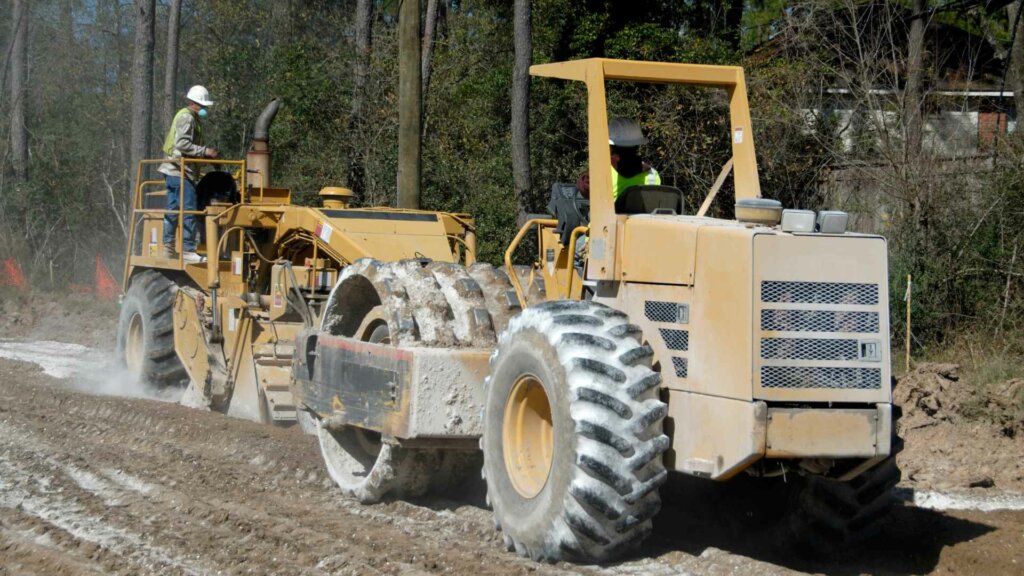How Soil Stabilization Prevents Erosion

Did you know that it is possible to make buildings that can withstand earthquakes and other natural disasters? It is a marvel of modern engineering, and it starts with the building’s foundation and the ground it sits on.
Soil stabilization is a complex process that requires specific engineering equipment and expertise. For construction managers, it can be useful to understand how and why it works.
This article covers the different types of soil stabilization methods. It also explains the many soil stabilization benefits each can afford, including preventing erosion. Keep reading to learn more.
What Is Soil Stabilization?
Soil stabilization involves turning weak soil into a strong foundation for construction projects. This is accomplished through various engineering methods to reduce the permeability of the soil.
This is necessary for buildings as well as roadways, parking lots, and airstrips. Any structure that requires a level surface relies on soil stabilization to achieve that.
Although it is crucial in general, it is even more important in areas where the soil swells. For instance, certain types of clay are prone to this, which makes the foundation more likely to become unstable and shift. Overly sandy soil can be prone to excessive erosion and requires soil stabilization as well.
How Is Soil Stabilization Carried Out?
There are many different soil stabilization methods. Each has distinct benefits, depending on the type of soil you are dealing with. Here are the main ones to consider.
Cement and Lime
One of the most common methods involves adding cement and lime to the soil. This helps increase its strength and the ability of the soil to bind together.
The concrete and lime must be thoroughly mixed into the soil. How much lime and concrete you add depends on the composition of the soil.
Getting the amount right is very important. Too little additive and the soil will not be strong enough, whereas too much could make the soil shrink and become brittle.
Fly Ash
Fly ash is a byproduct of burning coal. It often ends up in landfills or other storage locations but can be used in construction as well.
Fly ash acts as a bonding agent for soil stabilization. Since it is a dry product, it is especially useful in soils that need moisture levels lowered. It also is a very economical option.
The reduction in fossil fuel energy production has slightly diminished the availability of fly ash. Another drawback is that it can have much slower cure times than other additives, including cement.
Chlorides
Another common method is to add chlorides to the soil. Magnesium chloride and calcium chloride are popular choices. Chlorides are salts that trap moisture in the soil, which helps eliminate permeability.
Chlorides are usually applied to the very top layer of soil, then compacted with a machine. Some applications simply require spraying the chlorides onto the surface. This method can be somewhat limited by the availability of these products.
Enzymes
Enzymatic soil stabilization involves adding enzymes to the soil. This acts as a stabilizing agent by producing moisture in the soil and by binding to the soil particles themselves. This is a relatively new process but one that has shown much promise.
Learn More About Soil Stabilization
Now that you know how soil stabilization is useful for stopping erosion and the different methods for doing so, you can decide which is best for your operation or project. Qualified professional contractors can further assist you in making this determination.
Preferred Paving Company has been one of the premier Orange County pavement companies since 1986. We provide a range of services–including commercial paving services–at competitive prices. Reach out to us today to schedule a free consultation.
